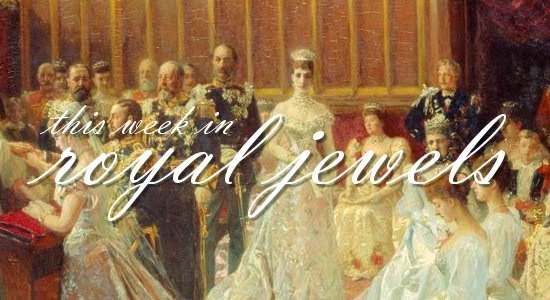
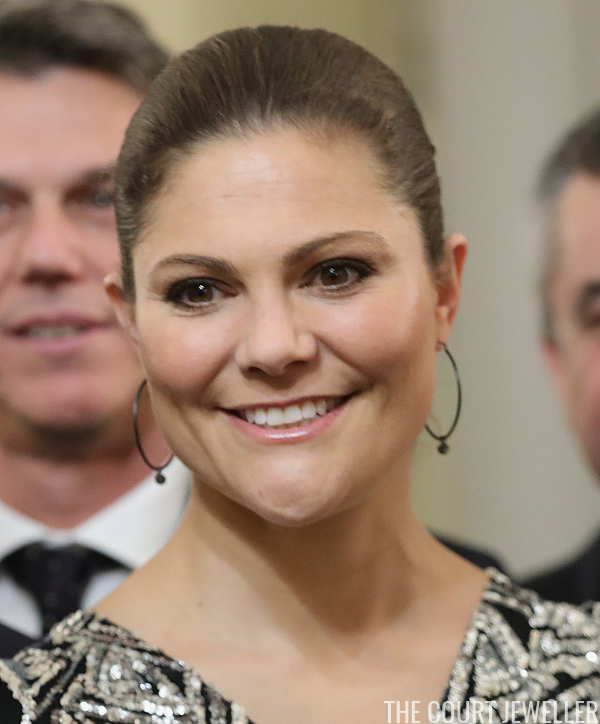 |
| Photo: Vittorio Zunino Celotto/Getty Images |
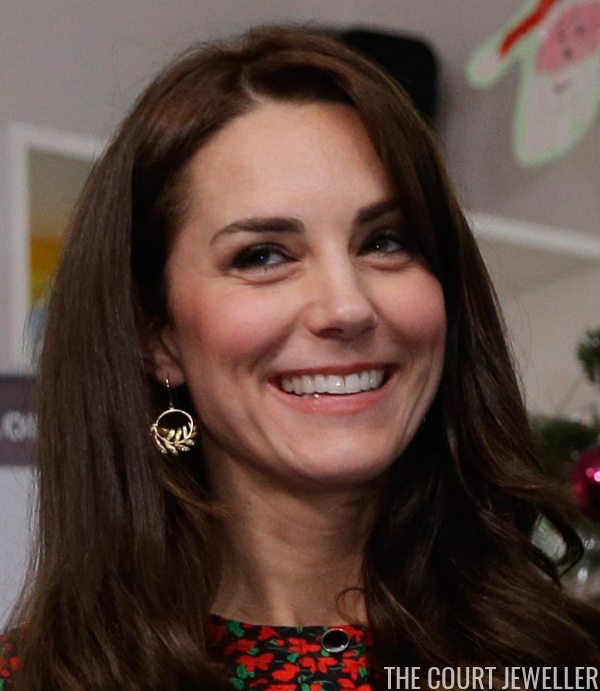 |
| Photo: ALASTAIR GRANT/AFP/Getty Images |
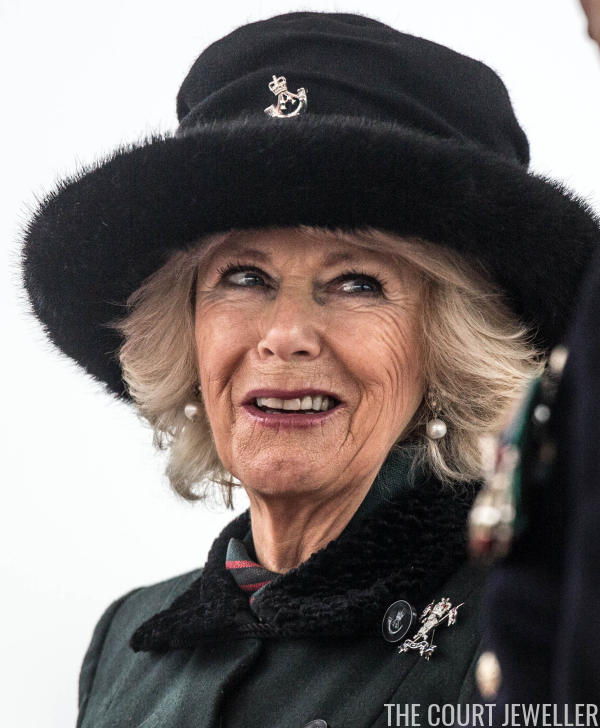 |
| Photo: Richard Pohle – Pool / Getty Images |
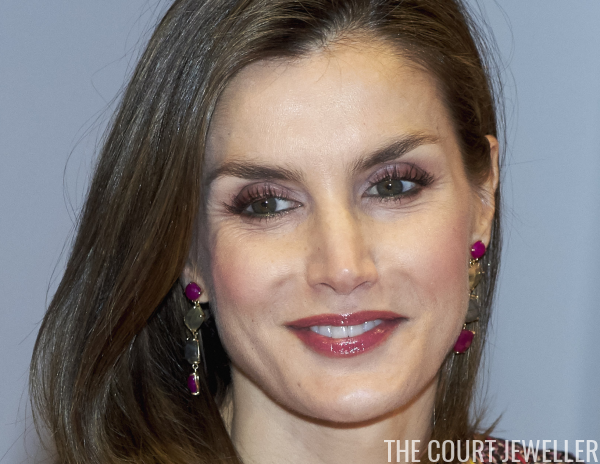 |
| Photo: Carlos Alvarez/Getty Images |
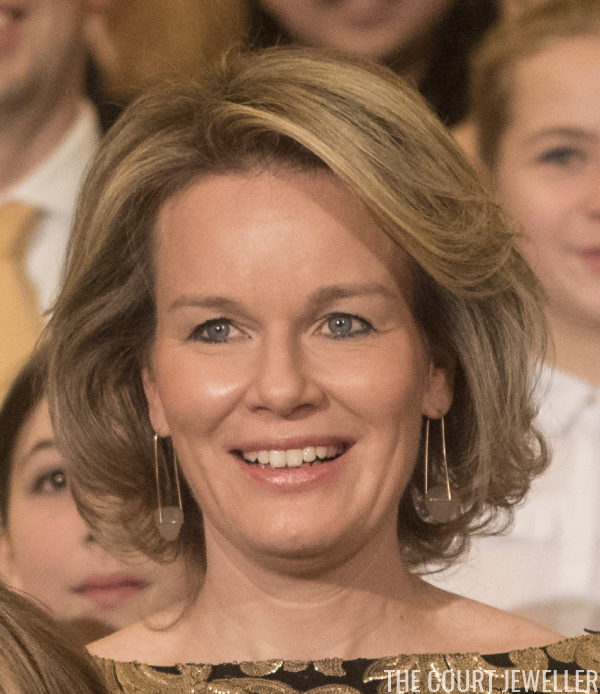 |
| Photo: Olivier Matthys/Getty Images |
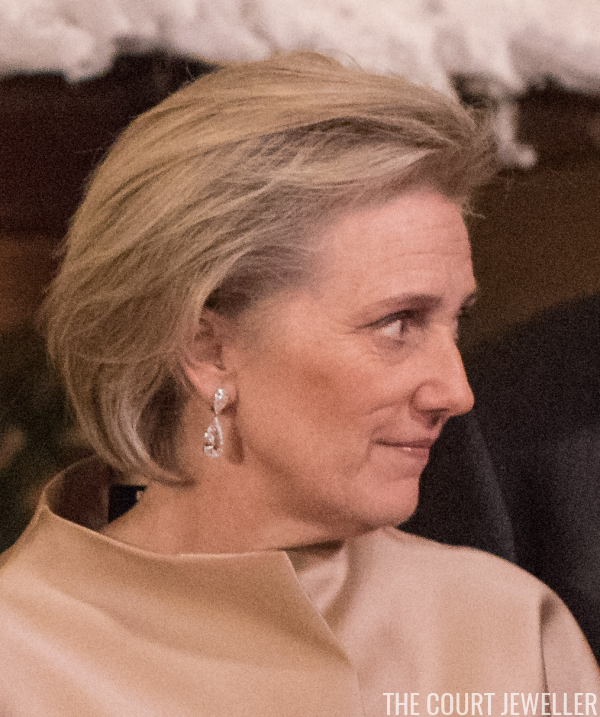 |
| Photo: Olivier Matthys/Getty Images |
Sparkling Royal Jewels From Around the World

 |
| Photo: Vittorio Zunino Celotto/Getty Images |
 |
| Photo: ALASTAIR GRANT/AFP/Getty Images |
 |
| Photo: Richard Pohle – Pool / Getty Images |
 |
| Photo: Carlos Alvarez/Getty Images |
 |
| Photo: Olivier Matthys/Getty Images |
 |
| Photo: Olivier Matthys/Getty Images |
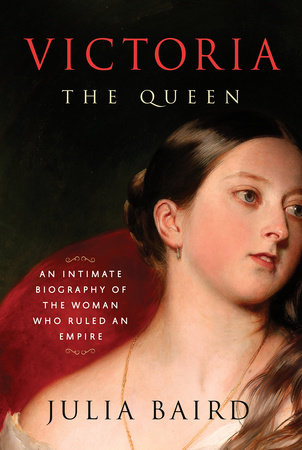
I’m gearing up to write about the new miniseries about Queen Victoria when it airs here on PBS in January (all of you in Britain have already seen it, lucky ducks!). I’ve been doing my homework, and one of the books I’ve been enjoying most while brushing up is Julia Baird’s new biography of Queen Victoria.
Victoria: The Queen doesn’t really cover a lot of new territory — how can you possibly do that when she’s one of the most written-about women in the world? But it does breathe a little extra life and color into Victoria’s story. Baird is very good at constructing a compelling, readable narrative. The book doesn’t feel stale or overly bogged-down by the material. Instead, it’s kind of a page-turner — really rare for a book that clocks in at around 500 pages — and 250 additional pages of notes! (As you all probably have realized by now, I love a good footnote, and Baird’s are excellent.)
Baird’s book makes Victoria feel like a real person. She also does a wonderful job of contextualizing the lives of the British royals at the time, providing details about contemporary life at the time. I love the little moments when she steps back from Victoria to remind us of what her contemporaries — like Florence Nightingale, Charles Dickens, and George Eliot — were doing at the same moment. We’re reminded of precisely how much changed in Britain from the beginning of Victoria’s life until the end, and it helps make the entire narrative much richer.
If you’re also looking to brush up on Victoria’s life story before watching the television show, I’d definitely recommend this book. I’ve reviewed other books about Victoria here on the blog, including A.N. Wilson’s Victoria: A Life (which is now available in paperback). Baird’s book, though, is the most personal portrait I’ve read of Victoria in recent memory. I’ll definitely be consulting it often as I write my recaps!
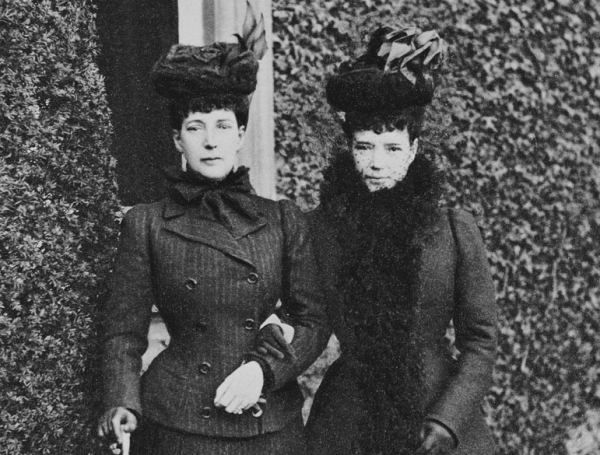 |
| Queen Alexandra of the United Kingdom and Empress Marie Feodorovna of Russia [Photo: Wikimedia Commons] |
Two dowager queens and one dowager empress of Europe, the widows of the former kings of England and Denmark and an emperor of Russia, are to spend the Christmas holidays together in England.
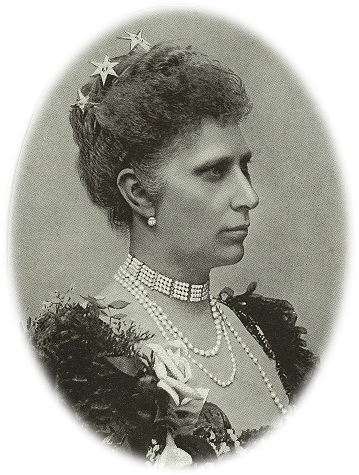 |
| Queen Louise of Denmark [Photo: Wikimedia Commons] |
Dowager Queen Louise of Denmark [1], widow of King Frederik VIII, who died in 1912, and Dowager Empress Marie Feodorovna of Russia [2], widow of Emperor Alexander III, who died in 1894, will be the guests of Dowager Queen Alexandra [3] at Sandringham. Queen Alexandra is the widow of King Edward VII, who died in 1910. Those who follow the annals of royalty say this is the first time, probably in history, that three widowed queens have thus come together [4].
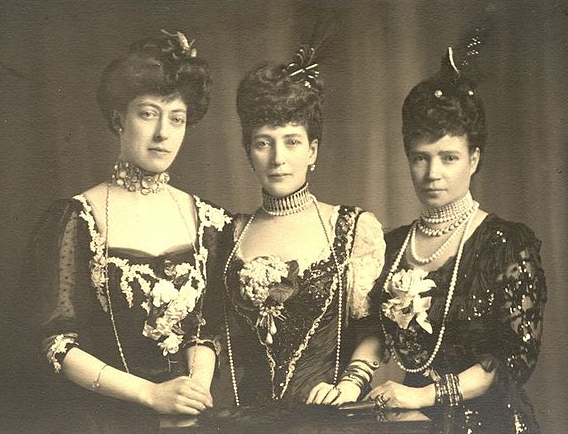 |
| Princess Victoria, Queen Alexandra, and Empress Marie Feodorovna, ca. 1903 [Photo: Wikimedia Commons] |
Marie Feodorovna is a younger sister of Alexandra, and Louise is a sister-in-law of both. Hence, it will be a family reunion. Marie Feodorovna arrived in England recently and celebrated her seventy-fifth birthday, November 26, as a guest of her sister. She has been living for the last two years in Denmark — she was originally the Danish Princess Dagmar — but she will now remain in England for several weeks. Queen Louise, who is seventy-one years old, is expected at Sandringham a few days after Christmas.
 |
| Queen Alexandra, ca. 1920s |
No public or social functions will be arranged in honor of the royal guests, but in the Christmas season, King George and the entire royal family [5] will spend a few days with Queen Alexandra and their aunts.
The meeting of Queen Alexandra, who is seventy-eight years old, and her sister will be more or less touching as the queen is known to be very distressed at the plight of her sister, who has been rapidly declining in health since the killing of her son, who was Emperor Nicholas, by the Bolsheviki at Ekaterinburg in the summer of 1918.
NOTES
1. Queen Louise of Denmark (1851-1926), nee Princess Lovisa of Sweden and Norway. The only surviving child of King Carl XV of Sweden, she married Frederik VIII of Denmark in 1869; they reigned from 1906 until his death in 1912. During her widowhood, she lived at a palace she had built for herself: Egelund Slot in Hillerød.
2. Empress Marie Feodorovna of Russia (1847-1928), nee Princess Dagmar of Denmark. First engaged to marry Nicholas Alexandrovich of Russia, she ultimately married his younger brother, Alexander III, after Nicholas’s sudden death. She became empress consort when her father-in-law was assassinated in 1881; her husband died in 1894. She managed to escape Russia following the tumultuous revoltion of 1917; her son, Nicholas, and his family were not so lucky. She died at Hvidøre, the Danish country residence that she shared with her sister, Alexandra.
3. Queen Alexandra of the United Kingdom (1844-1925), nee Princess Alexandra of Denmark. She was the eldest daughter of King Christian IX of Denmark; she married Edward VII of the United Kingdom in 1863 and was queen consort from 1901 to 1910. She spent much of her widowhood at Sandringham House, the country house in Norfolk that Queen Victoria had given Edward and Alexandra as a wedding present.
4. This is a strange claim. The Danish royal family was close-knit, and they inevitably spent time together.
5. The royal gathering at Sandringham for Christmas 1922 was a fairly large one. King George and Queen Mary attended with the Prince of Wales, the Duke of York, and Prince Henry. (Prince George was in the hospital, recovering from appendicitis; Princess Mary, who was expecting her first child, stayed with her new husband at Harewood House instead of traveling to Norfolk.)
One visitor who didn’t come, though? Queen Louise of Denmark! The American press apparently confused her with Queen Olga of Greece, the widow of Alexandra and Minnie’s brother, King George I of Greece. Articles in American papers even referred to Olga as “Queen Helena of Greece” in articles later in the month.
Beyond Queen Olga and Empress Marie Feodorovna, there were other royal visitors for Christmas, too. King Haakon, Queen Maud, and Crown Prince Olav of Norway came to visit for Christmas; Maud was Queen Alexandra’s daughter (and King George’s sister). Princess Victoria, who lived at Sandringham with her mother, was almost certainly there as well, as was Princess Louise. Newspaper reports from England noted that it was a rainy Christmas, not a snowy one.